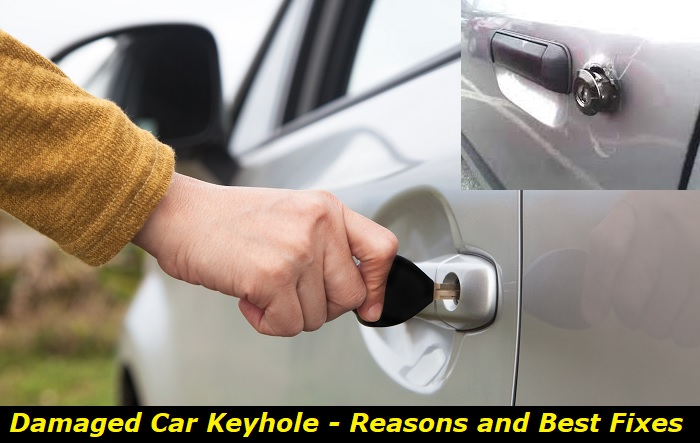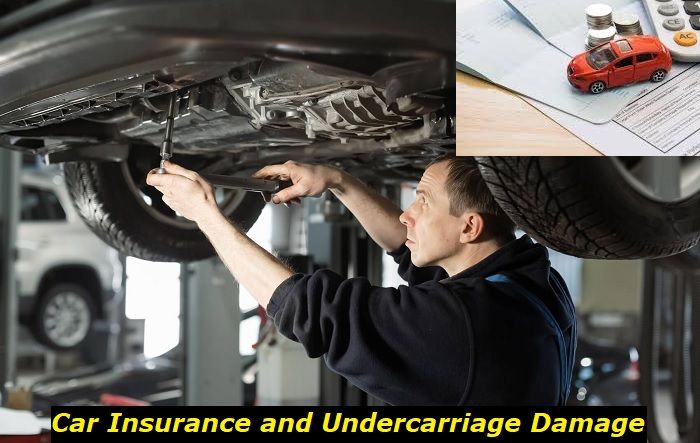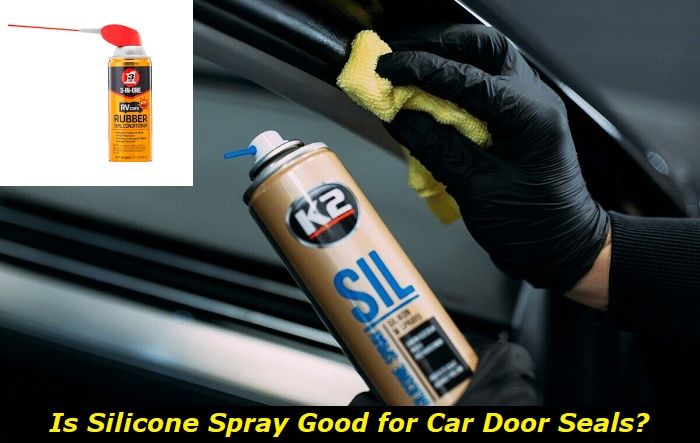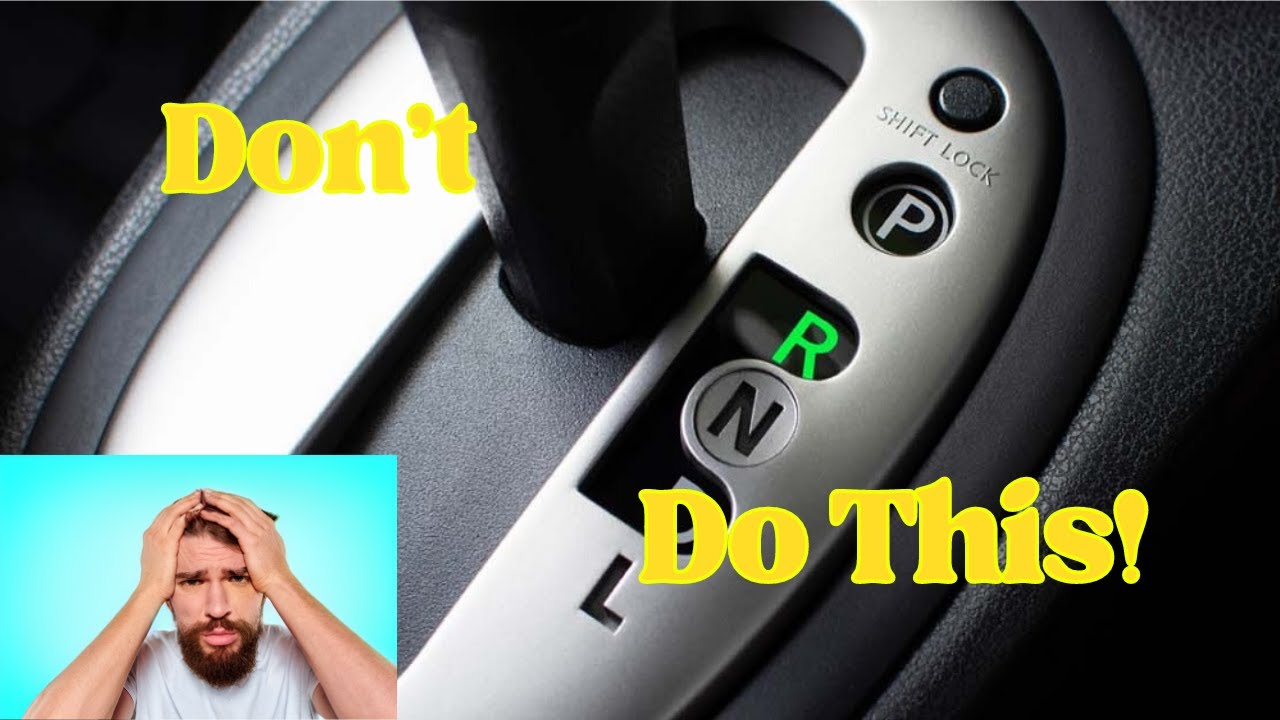Car door keyholes can experience a variety of problems such as breaking, bending, jamming, dislodging, wearing, etc. Fixing a damaged keyhole may involve a somewhat complex process, but we'll tell you how to go about it in this guide.
A damaged car door keyhole can be fixed by repairing or replacing the damaged keyhole cylinder or lock, depending on the level of damage. You'd have to remove the door's interior side paneling and cover or interior handle to access the internal workings of the lock or keyhole.

We've described an elaborate DIY vehicle door keyhole repair/replacement procedure in this article. And there are some tips concerning hiring a repairer for the job as well.
What Causes Car Door Keyhole Damage?
A car door keyhole can sustain damage in various ways. For example; accidents/collisions, attempted robberies, aggressive use of the key, etc. The damage can lead to the inability to lock, unlock, open, and/or close the door normally.
Keyholes can also get damaged as a result of worn-out parts moving against each other. The wear is most likely caused by long-term use. This is why caution is always required when putting the key in the hole at all times. Gentle usage will make the mechanism last longer.
There are environmental factors to consider. For example; you may have tried to aggressively use the keyhole when it was frozen in the winter. This could have been detrimental to the vulnerable components and caused them to break or get dislodged.
Very high temperatures or extreme heat can also destroy the components inside the keyhole. They could melt or get dislodged because of the heat. You may not notice until a physical examination is carried out
The heat could be brought about by fire from an accident, the weather, a heat source that was placed near the car, etc. So you should keep such situations in mind to protect the keyhole and the other areas of the door. And if it's an accident or fire, then you should be suspicious about possible door part damage.
You'd have to change the locks or use the key fob's electronic controls to be able to operate the door when any of the above happens. A locksmith's sophisticated tools may be required.
The only option you'd have is to take the car to a repairer or call one to the rescue if the key fob is also malfunctioning electronically. Fobs can also suffer wear from pressing the buttons over a long period. The buttons can become defective and there may be transponder battery issues. Some fobs may need reprogramming.
Checking the Car Door Keyhole for Damage
Don't be quick to assume that the keyhole is damaged when the door can't open after the key is inserted. Let's see what to check for in the locks and keys in this section.
It might be something else; such as jamming as a result of lack of lubrication. It might also be the weather in a case where the key can't get into the lock or turn properly because of ice in the hole or system.
The issue could also be a bent part that can easily be reshaped without having to take the door paneling or handle apart. In this case, you could find a way to bend the misshapen part back to its normal condition.
Inspect the key to make sure that its tip hasn't broken into the keyhole. Your car keys may not be that strong to be unbreakable. The key can break in the lock with the fragments mistaken for parts of the keyhole.
Look at the key's grooves to be sure that they all look OK. One or more of the grooves may have been bent or broken away. The key won't be able to match the keyhole's mechanisms and turn.
Remember to test the spare key in the keyhole to confirm that it's not the main key that's faulty. If the spare key works and the main key doesn't, then it's most likely a key issue. Another situation is when the door locks need to be reprogrammed to open with a new key after an ignition cylinder replacement.
The best way to check the keyhole properly is through a professional. A car door locksmith may be your best bet because they're specialists in that line of work. They'll most likely be able to do a better diagnosis than your local mechanic or dealership.
Swapping Out the Car Door Keyhole
This section will teach you how to get to the lock and replace it. Each step for doing it-starting from removing the door panel and cover or handle-is described below.
Step 1: Remove the Interior Handle or Paneling and Cover
Your car make and model determine whether you'd need to remove the interior handle alone or the paneling and covers. Nearly all car door locks are installed into the door's handle.
The removal method of the paneling or covers varies from vehicle to vehicle, but the processes for each car share a general concept. You may be able to apply the method explained here for either a manual or electronic lock.
Utilize a Phillips-head screwdriver to take out the screw (screws) that keeps the interior door handle's plate in position. Then pry the plate off.
For paneling and covers, take out all the screws and/or plastic clips that keep them in place. Then pull the panel off. Some car door types feature a sheet of insulation sticking to the interior side that you'll have to take off to reach the inner parts. This part will have to be replaced along with the lock.
Step 2: Locate and Remove the Lock/Lock Cylinder
Use the vehicle manual to find the lock or lock cylinder. Then you'll be able to locate the broken component(s) or just remove the cylinder where the keyhole is. Look towards the position of the keyhole from the door's exterior to quickly find the keyhole cylinder.
Assess and remove the damaged parts cautiously while making sure to memorize the unfastening steps. It could involve unscrewing, unclipping, etc. Be careful not to mess up the internal wiring as you navigate the door's hardware.
Step 3: Install the New Lock
This should be done following a reverse process of the lock removal steps. The same goes for when you'll be setting the panel (and new insulation) or handle back into position. Return all the clips and drive all the screws back into their places with the aid of the Phillips-head screwdriver.
Nearly all new door locks come with their own keys and they need to be reprogrammed. Maybe this is where you'd need to call the pros. But you can proceed if you have the technical know-how to reprogram the keys for the door lock and ignition.
Hiring a Professional for the Job
You could pay a professional to perform the door lock change if you can afford to do so. The process can be tedious and complex depending on the car type, so it's always best to leave it to an expert.
Swapping out the lock of your car door could cost anywhere from $200 to $700 at a repairer's shop. The price of the replacement parts has been included in the cost range as well. Your total payment will be based on the vehicle type, auto repairer, and parts being replaced.
Car door servicing and lock replacement can be very labor-intensive. It may be more time-consuming for your car if it's a high-grade vehicle-since the procedure varies from car to car.
Power door lock repairs will definitely be more expensive than replacing manual door locks. Disassembling such mechanisms can be very complex. Factor in additional jobs like having to program the new key that will come with the new lock.
1) Auto Locksmiths
Professional auto locksmiths have many sophisticated tools that they can use to work the internal assembly of a car door lock. They'll be able to easily bypass the damaged element and use the equipment to simulate a functional actuator. They also know all the entry approaches to use for different keyholes or situations.
2) Dealerships or Mechanics
Going to a dealership will be the most expensive option for this job. Although the repair may be covered by a warranty, insurance, or manufacturer recall. Mechanics will cost less but offer the same level of service as a dealership.
Still, dealerships and mechanics aren't focused on locks and keys. So a locksmith will always be the most preferable for the best performance, as stated earlier.
Conclusion
You may be lucky to discover that the keyhole isn't actually damaged after confirming the state of the lock. It might just be a jammed lock. Proceed to spray a suitable lubricant into the keyhole to loosen things up. Make use of a silicone spray that's car compatible with car locks.
About the authors
The CarAraC research team is composed of seasoned auto mechanics and automotive industry professionals, including individuals with advanced degrees and certifications in their field. Our team members boast prestigious credentials, reflecting their extensive knowledge and skills. These qualifications include: IMI: Institute of the Motor Industry, ASE-Certified Master Automobile Technicians; Coventry University, Graduate of MA in Automotive Journalism; Politecnico di Torino, Italy, MS Automotive Engineering; Ss. Cyril and Methodius University in Skopje, Mechanical University in Skopje; TOC Automotive College; DHA Suffa University, Department of Mechanical Engineering






Add comment